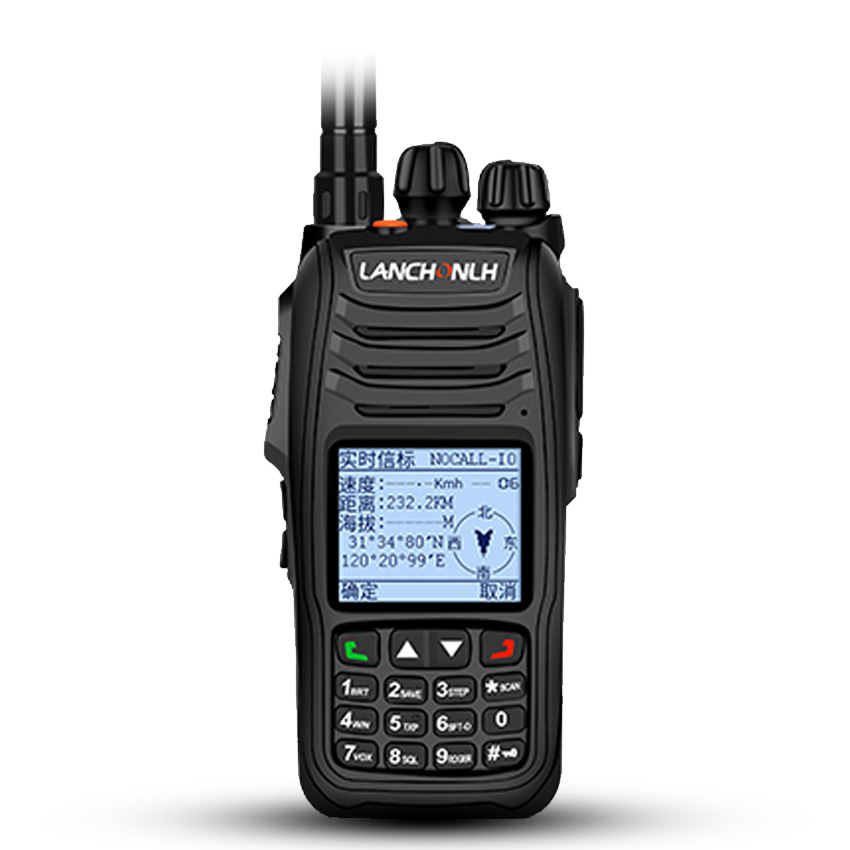What is the radio technology in a walkie-talkie?
2024-06-14
The radio technology in a walkie-talkie encompasses several key components and principles that enable two-way communication. Here's an overview of the fundamental radio technology elements used in walkie-talkies:

1. Frequency Bands
- VHF (Very High Frequency): Typically ranges from 136 to 174 MHz. VHF is suitable for outdoor communication over long distances with fewer obstructions.
- UHF (Ultra High Frequency): Typically ranges from 400 to 520 MHz. UHF is better for indoor use or environments with many obstacles, as it can penetrate walls and buildings more effectively.
2. Modulation Techniques
- Analog Modulation:
- Frequency Modulation (FM): Used in analog walkie-talkies, FM conveys information by varying the frequency of the carrier wave in response to the input signal.
- Digital Modulation:
- Frequency-Shift Keying (FSK), Phase-Shift Keying (PSK), Quadrature Amplitude Modulation (QAM): These methods are used in digital walkie-talkies to convert voice into digital data for transmission.
3. Simplex Communication
- Simplex Mode: Walkie-talkies typically use simplex communication, meaning that they can either transmit or receive at any given time, but not both simultaneously. Users press a "push-to-talk" (PTT) button to switch between transmitting and receiving modes.
4. Transceiver Components
- Transmitter: Converts the audio signal (voice) into a radio frequency (RF) signal and broadcasts it via the antenna.
- Receiver: Captures incoming RF signals through the antenna and converts them back into audio signals (voice).
- Antenna: Facilitates the transmission and reception of RF signals. Antenna design and placement are crucial for effective communication range and clarity.
5. Signal Processing
- Microphone and Speaker: The microphone captures the user's voice and converts it into electrical signals for transmission. The speaker converts received electrical signals back into sound.
- Digital Signal Processor (DSP): In digital walkie-talkies, a DSP is used to encode and decode digital signals, providing enhanced sound quality, noise reduction, and additional features like encryption.
6. Channel Selection and Management
- Channel Frequencies: Walkie-talkies operate on predefined channels within their frequency bands. Users select a channel to communicate with others on the same frequency.
- Channel Scanning: Some models can scan multiple channels to find an active one or monitor several channels simultaneously.
7. Power Supply
- Battery: Walkie-talkies are powered by rechargeable batteries (NiMH, Li-ion) or disposable batteries. Battery life is a critical consideration, especially for extended use in the field.
8. Additional Features
- CTCSS/DCS (Continuous Tone-Coded Squelch System/Digital-Coded Squelch): These systems allow users to share a channel without hearing other communications by using sub-audible tones or digital codes.
- Encryption: Digital walkie-talkies can encrypt transmissions to secure communications against eavesdropping.
- VOX (Voice-Activated Transmission): Enables hands-free operation by automatically transmitting when the user speaks.
Summary:
The radio technology in a walkie-talkie involves converting voice into RF signals and vice versa, using specific frequency bands and modulation techniques. Key components include the transmitter, receiver, antenna, microphone, and speaker, along with digital signal processing in modern units. Additional features enhance usability, security, and versatility, making walkie-talkies reliable tools for various communication needs.


